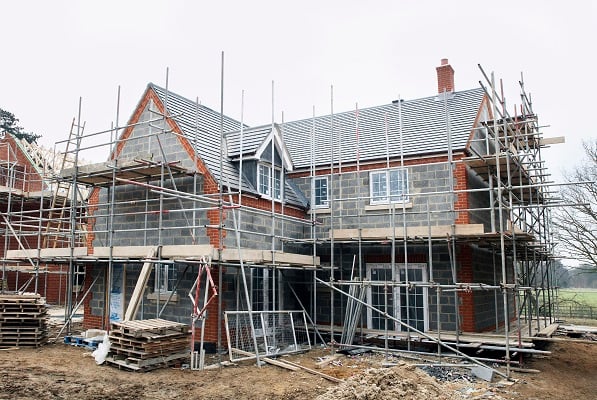The latest data release from Searchland, the development site sourcing specialists, has revealed that brownfield sites across England could house almost 1.5m homes, with Greater London, the West Midlands and Greater Manchester home to the largest proportion of brownfield land in the current market.
Searchland maintains a comprehensive record of available land sites across England which shows that currently, there are an estimated 26,670 brownfield plots located across the nation. According to the CPRE, the average brownfield site can hold an estimated 53.6 housing units, meaning that the nation’s current brownfield land is enough to facilitate the construction of 1.43m new homes.
Brownfield building isn’t without its complications and can often require a substantial budget to remediate a site before work can even begin, if for example, the land is contaminated.
But rather than build on the green belt, the Government recently announced it would be bowing to pressure from NIMBYs and turning its focus to the redevelopment of commercial brownfield sites into residential homes.
When it comes to the greatest degree of all available brownfield land, London ranks top. The capital’s 4,392 brownfield sites account for 16.5% of the national total which, if completely redeveloped, could deliver over 235,000 new housing units to the London market.
The West Midlands sits in second with 2,522 brownfield sites accounting for 9.5% of the national total with the potential to deliver more than 135,000 new homes.
With 1,971 sites in Greater Manchester, brownfield building could also bring over 100,000 new homes to market (105,646).
Other counties boasting some of the largest levels of brownfield include South Yorkshire (4%), West Yorkshire (3.8%), Surrey (3.6%), Essex (3.4%), Dorset (2.9%) and Hampshire (2.8%).
The City of London (0.01%), Rutland (0.02%) and the Isle of Wight (0.3%) are home to the smallest proportion of brownfield sites in England.
Co-founder and CEO of Searchland, Mitchell Fasanya said, “Despite the Government’s best efforts to encourage brownfield building in recent years, it remains a complicated and expensive process and one that is unlikely to address the housing crisis in a meaningful manner.
However, rather than tackle the controversial subject of green belt development head on, the Government has decided to take the easy way out and pursue a half baked plan on converting previously developed land that is no longer being used, such as abandoned or underutilised industrial areas and obsolete commercial units.
Unfortunately, as our figures show, brownfield development could benefit many major cities, but its availability is also far too lopsided towards certain counties to help address the issue of housing supply on a national scale.”






Leave a Comment